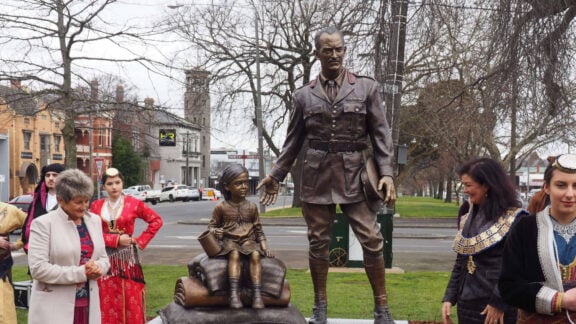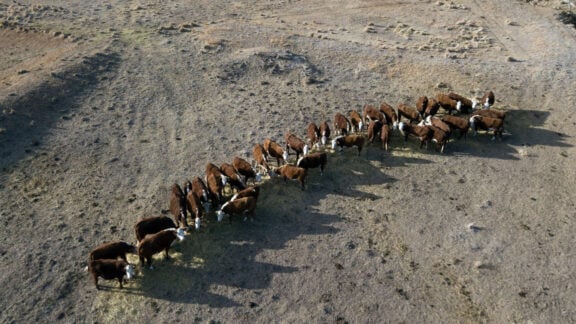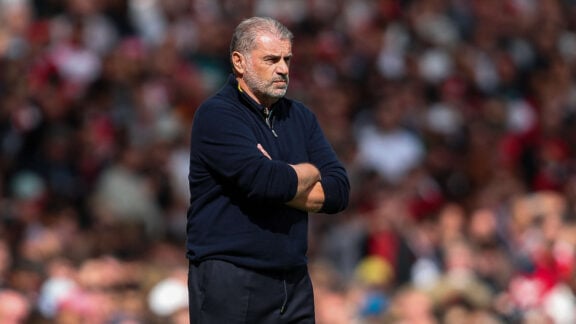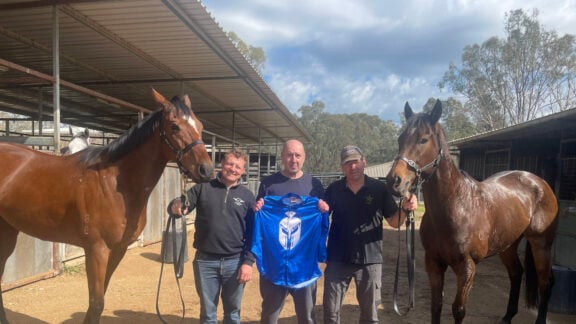On Tuesday, I predict the Reserve Bank of Australia is going to cut official interest rates by either .25 per cent or .50 per cent.
Look at the official figures. The Reserve follows a whole lot of economic data but the number they focus on is inflation, taken from the Consumer Price Index.
The March quarter CPI came out last Tuesday, and it ‘printed’ an inflation number well below what most economists were thinking.
The Reserve is bound to use monetary policy to keep inflation in the target range of 2 – 3 per cent.
And the March CPI means core inflation becomes around 2.2 per cent.
When this is the trend, the economy might need a kick-start, by reducing the price of money – the ‘cash rate’ – and hoping that Australians will spend more.
There are other indicators that the Reserve could be looking at. I call these my indicators of the ‘real economy.’
I talk to business owners and I look at the ‘For Lease’ signs, the ‘closing down sale’ signs and the ‘50% off’ specials in shop window.
I look for empty shops, car yards with no people in them and bank boards on the pavement that spruik their deposit rates, not their variable mortgage rates.
I look at the newspapers: who’s being laid-off? Car workers and bank staff.
These indicators tell a story of struggling businesses and cautious consumers.
This sort of dynamic can become a nasty spiral if it’s not broken at the right time, because consumers become more cautious with their money and businesses wear the consequences, having to lay-off staff which feeds greater consumer uncertainty and which feeds a worse climate for businesses.
With my view of the real economy and the CPI and inflation figures, I think it’s time to break the spiral.
When you have large concerns such as Toyota and Harvey Norman talking about a downturn in consumer demand, you have to multiply that stress several times to glimpse what the average small business owner is going through.
It’s a dangerous position because our 3.5 million business owners are our biggest employers. We can cut the cash rate, making borrowing easier for business owners and easier for householders.
But while you can’t affect what the Reserve Bank does, or what the major banks do, you can use a rate cut to your advantage. If you’re not financially stressed, you can continue to make your normal repayment even after the bank cuts your variable rate.
A 0.25 per cent cut on a 30-year $300,000 loan at 7.4 per cent, will save you just over $50 a month, worth $18,000 over the life of the loan. A 0.50 per cent cut will save you $101 per month, worth $36,000 over the life of a loan.
You can’t change the RBA or your bank, but you can put the interest rate savings straight back into the mortgage, or put them into a high interest bearing fixed interest account. You can’t change the world but you can make good decisions when the cash rate drops.
* Mark Bouris is the Executive Chairman of Yellow Brick Road, a financial services company offering home loans, financial planning, accounting & tax and insurance. Email Mark on mark.neos@ybr.com.auwith any queries you may have.








